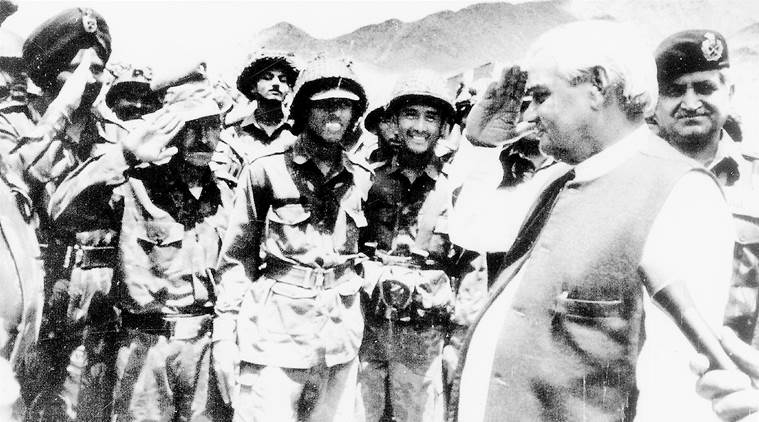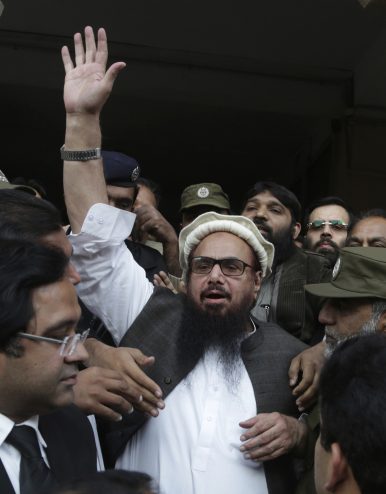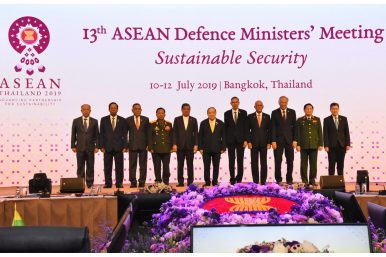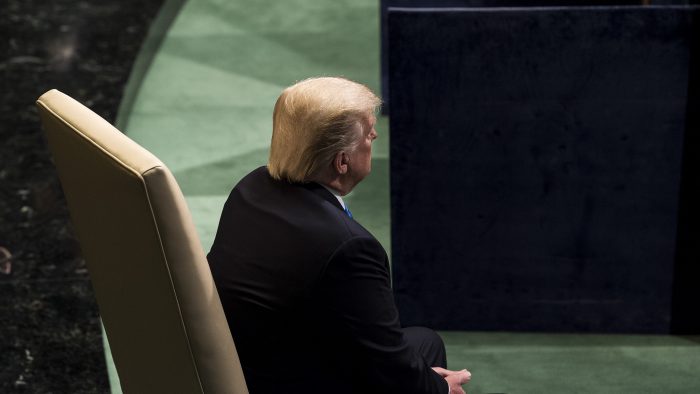Sushant Singh
Prime Minister Atal Bihari Vajpayee with troops in Kargil in June 1999. (Express archive)
 While much of what happened during the war on the icy heights of Kargil in 1999 has been extensively debated and analysed, little known are the details of how senior ministers of the Atal Bihari Vajpayee cabinet first learnt of the intrusions in the area. They got to know of it rather fortuitously, after a senior Army officer approached the son of then Foreign Minister Jaswant Singh.
While much of what happened during the war on the icy heights of Kargil in 1999 has been extensively debated and analysed, little known are the details of how senior ministers of the Atal Bihari Vajpayee cabinet first learnt of the intrusions in the area. They got to know of it rather fortuitously, after a senior Army officer approached the son of then Foreign Minister Jaswant Singh.
Manvendra Singh, son of Jaswant Singh, and a Territorial Army officer, said, “I was then covering defence for The Indian Express, with well-established contacts and friends in the Defence ministry and the Services headquarters. At the beginning of the second week of May, I got a call from a senior officer in Army Headquarters that I should positively see him that evening.” This was in May 1999.
“I met him for dinner at his residence where he told me that something was happening in Drass-Kargil sector which seems to be serious because a Special Forces unit had been heli-lifted urgently that day and taken to the heights in that sector,” said Singh, who later became an MP and a MLA in Rajasthan.













